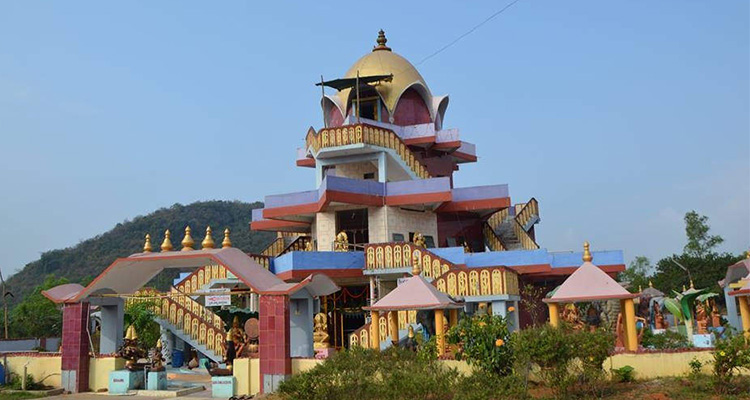Bheemili Beach is glowing due to Bioluminescence, a beautiful spectacle
Bioluminescence is a rare natural phenomenon that occurs due to the presence of living organisms that emit light. It is a type of chemiluminescence where the energy from a chemical reaction is converted into radiant energy that produces light. This phenomenon is not very common and can only be seen in a few places in India.
The recent addition to this list is Bheemili Beach. Visitors are witnessing the magical sight of the beach glowing at night. This natural occurrence has become an attraction in the city. The beach stretch from Bheemili to Kailasagiri is also witnessing this phenomenon, making it a unique experience for visitors.
Apart from Bheemili Beach, there are other places in India where bioluminescence can be seen. One such place is Mattu Beach in Karnataka, located 10 kilometers from Udupi. Here, the waters glow at night due to the bioluminescence created by a microorganism called Noctiluca. Similarly, Radhanagar Beach on Havelock Island in Andaman & Nicobar is known for its glowing beaches during certain times of the year.
Palolem Beach in Goa is another popular destination known for its glowing beaches. The beach is also known for its vibrant nightlife, and sometimes the bioluminescence adds to the experience. Mandarmani Beach in West Bengal is one of the few beaches in eastern India where you can witness bioluminescence. Bangaram Island in Lakshadweep is also known for its bioluminescence phenomenon. The island, shaped like a teardrop, lights up at night due to phytoplankton, algae, and other aquatic creatures in the waters.
The bioluminescence phenomenon is not just restricted to beaches; it can also be seen in other living organisms. Fireflies are a classic example of bioluminescence found in insects. Fireflies emit light to attract their mates during the mating season, and this spectacle can be seen in many parts of India.
Bioluminescence is not just a beautiful natural occurrence; it also has many scientific applications. Scientists use bioluminescence to study various processes, including gene expression and protein interactions. Bioluminescent imaging is a technique that uses the light-emitting property of living organisms to study biological processes in real-time.

 Praveena M
Praveena M




















